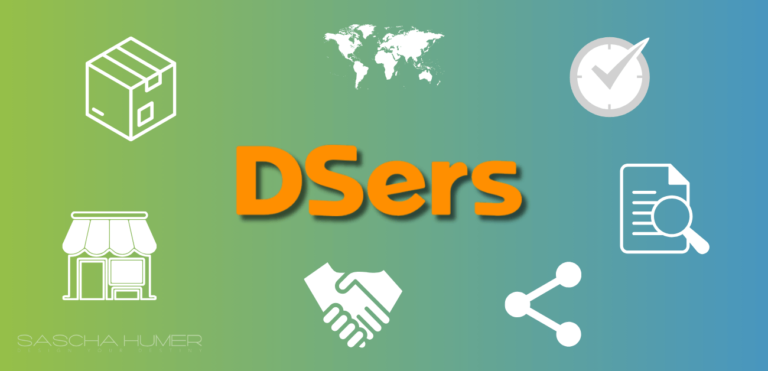Did you know, 91% of businesses with over 11 employees use a CRM system? As a business consultant, I’ve seen how it can transform operations especially using CRM best practices.
In this article, I’ll share top practices to maximize your CRM system in 2023. We’ll tackle data standards, automation, system integration, user education, goal setting, and effective implementation.
Get ready to revolutionize your business!
- Take time to learn and master the CRM tool
- Customize the CRM to suit your needs
- Utilize demos, free trials, and open source options
- Set consistent data entry standards across departments
Why don’t we start with an overview of CRM best practices to fully understand how to get the most out of it in 2023? As a seasoned user of CRM systems, I’ve come to appreciate how the proper implementation of these tools can significantly enhance customer relationships and drive sales.
First off, it’s crucial to take the time to learn and master your chosen CRM tool. I’ve found that customizing the tool to my specific needs is incredibly beneficial. Leveraging demos, free trials, or open source options provides invaluable hands-on experience.
Data standards are another top priority. I always strive to set consistent data entry standards across departments. This helps establish a clear link between marketing efforts and sales results.
Automating data collection from various sources has been a game-changer for me, making tasks efficient and error-free.
Lastly, I can’t stress enough the importance of ongoing training and education. It’s not enough to just provide initial training on CRM usage.
Users need continuous education and support to keep up with new features and updates. Developing a culture of CRM adoption and utilization is crucial for a successful CRM strategy.
1. The Crucial Role of Data Standards in CRM Best Practices
I’ve realized that establishing strict data standards in customer relationship management isn’t only essential for maintaining consistency across departments, but it also significantly enhances the accuracy of insights drawn from the data.

Without a uniform way of entering and managing data, the CRM system can quickly become a messy, unhelpful tool. It’s like trying to read a book with every page written in a different language; it’s just not conducive to understanding.
By setting strict data standards, I ensure that everyone in my team is on the same page. The data is uniform, accessible, and ready for analysis. It’s the difference between having a jumbled pile of puzzle pieces and a neatly sorted set ready for assembly.
Data standards also help in linking marketing efforts with sales results. This connection is crucial for measuring the effectiveness of marketing strategies and making necessary adjustments.
However, monitoring data standards can be a challenging task. This is where the power of CRM automation comes into play. It not only reduces manual work but also ensures adherence to established standards. Now, let’s explore the power of CRM automation in the next section.
2. Exploring the Power of CRM Automation
Surprisingly, CRM automation isn’t just about reducing manual tasks, but it’s also a powerful tool for improving customer engagement and boosting sales. I’ve found that automation in CRM systems can significantly streamline business processes, free up resources, and provide real-time insights into customer behavior.

This is how I’ve seen automation impact business operations:
- Task automation:
- Automating routine tasks like data entry allows the team to focus on strategic activities, enhancing productivity.
- With automated follow-ups, we’re able to maintain consistent communication with customers, increasing engagement.
- Workflow automation:
- By automating the sales process, we’ve been able to shorten the sales cycle and improve conversion rates.
- Automated marketing campaigns have led to more personalized customer experiences, boosting customer satisfaction and loyalty.
Overall, CRM automation has revolutionized the way we do business. It’s not just about reducing workload; it’s about enhancing customer relations and driving growth. I strongly believe that any business, regardless of its size or industry, can significantly benefit from implementing CRM automation.
3. The Benefits of Integrating CRM With Other Systems
In my experience, the integration of a CRM with other systems can lead to an incredible boost in efficiency, as it allows for a seamless flow of data across different platforms. It’s like having all your tools working in harmony, each feeding into the other and improving overall productivity.
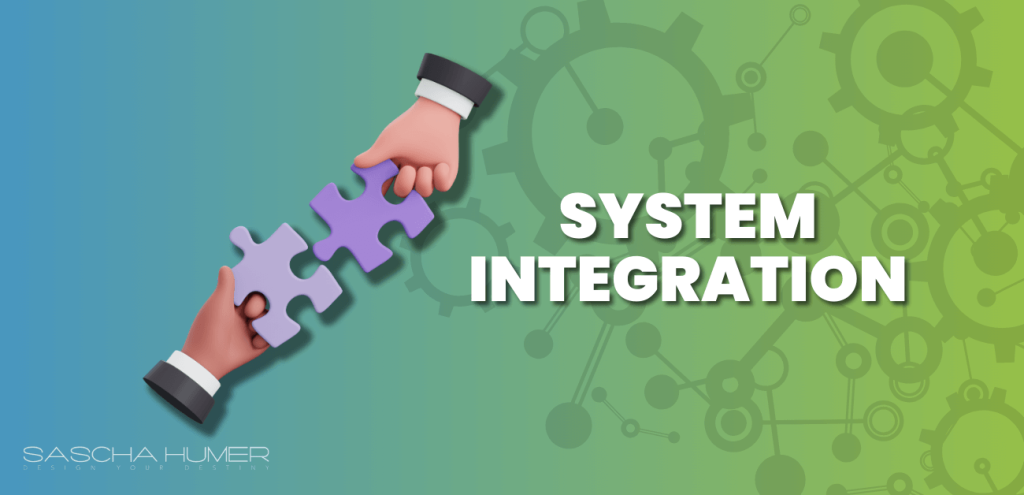
For instance, integrating a CRM solution with a marketing automation platform can help you get a streamlined marketing process. I’ve seen firsthand how it automates repetitive tasks, freeing the marketing team to focus on more strategic initiatives. It’s also made tracking and measuring marketing efforts easier and more accurate.
Another advantage I’ve noticed is the improvement in customer service. By integrating CRM with a customer support system, I’ve been able to respond to customer inquiries faster and provide more personalized service. It’s also enabled me to keep a complete record of customer interactions, which has proven invaluable in understanding and meeting customer needs.
4. The Importance of Training and Continuous Education for CRM best practices
As a cloud-based CRM user, I can’t stress enough the importance of training and continuous education, for it not only enhances our understanding of the system, but also elevates our capability to use it effectively. It’s like owning a high-performance car but only knowing how to start the engine; you’re not maximizing its full potential.
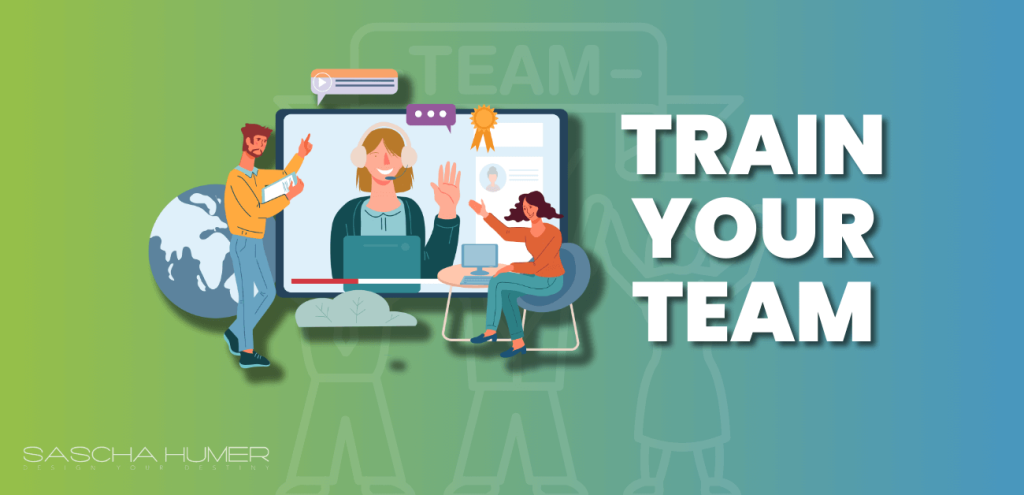
Here are some reasons why continuous education is crucial in CRM usage:
- Improving proficiency: The more we use the system, the more comfortable we get. Continuous education helps us navigate through the CRM tool with ease.
- It gives us the confidence to explore and utilize the CRM’s features.
- We can troubleshoot minor issues without needing assistance.
- Keeping up with updates: CRM systems often roll out updates with new features or enhancements.
- Training helps us understand and adapt to these changes swiftly.
- We can leverage new features to our advantage.
5. The Need for Regular Monitoring and Optimization of CRM Solution
I’ve found that regular monitoring and optimization of our CRM is crucial for maximizing its potential and ensuring we’re getting the best return on our investment. It’s not enough to just implement a system and let it run its course. It requires constant attention and fine-tuning to keep up with the evolving needs of our business.
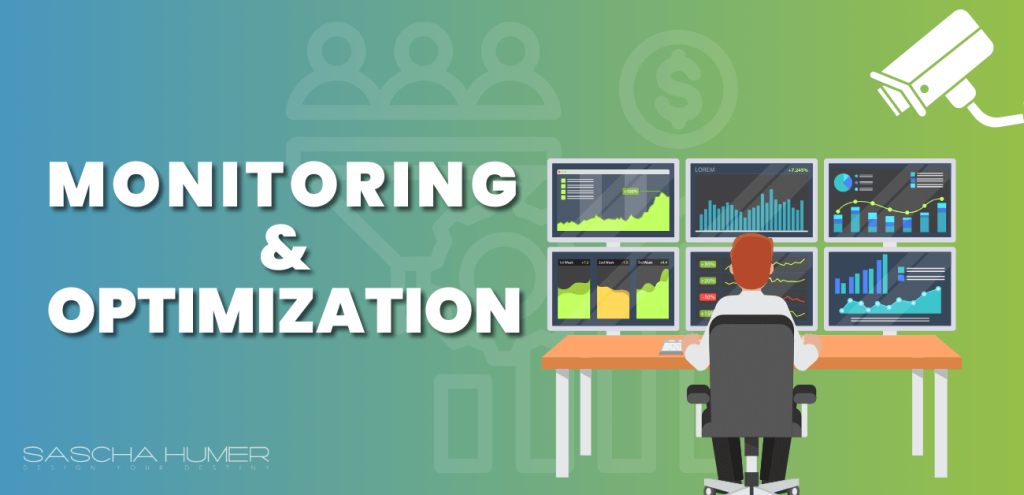
I’ve seen firsthand how analyzing CRM data can identify areas for improvement. These insights then were used to optimize workflows and processes, enhancing the efficiency and effectiveness of our operations. I’ve also made it a point to stay updated with CRM industry trends and best practices, using this knowledge to continuously refine our CRM strategy and implementation.
But the work doesn’t stop there. I’ve also found that integrating CRM with other systems in our business is key to ensuring seamless operations. Whether it’s syncing with our ERP system for complex business process automation or connecting with our marketing automation platforms, integration improves efficiency and productivity.
In my experience, maintaining a proactive approach to CRM monitoring and optimization is key to leveraging its full potential. It’s an ongoing process, but the benefits are well worth the effort.
6. Critical Factors in Choosing a CRM Solution
Choosing the best CRM for me is a crucial decision for my business, and it hinges on various factors such as understanding our specific needs, the types of CRM applications available, and the cost-effectiveness of different software options.
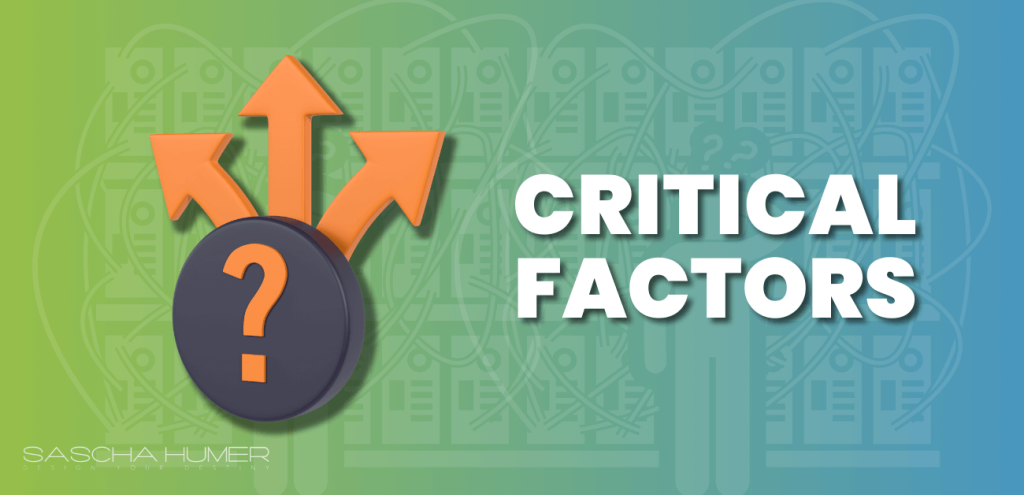
There’s a multitude of CRM software out there, each promising to revolutionize my operations and skyrocket my sales.
To make an informed decision, here’s what I’m considering:
- Identifying Business Needs: I’m assessing what exactly we need the CRM to do. This includes:
- Streamlining sales processes
- Automating marketing efforts
- Improving customer service
- Understanding CRM Types: I’m looking into Operational, Analytical, and Collaborative CRMs to see which fits best.
- Budgeting: I’m considering both the upfront and ongoing costs of the CRM. This includes:
- Purchase price
- Implementation costs
- Training expenses
- Maintenance fees
It’s not just about picking the most popular or expensive CRM. It’s about finding the one that’s a perfect match for my business.
A well-chosen CRM can be the difference between business growth and stagnation. So, I’m taking my time to make a calculated decision.
7. Setting Achievable and Impactful CRM Goals based on CRM Data
In setting clear and impactful CRM goals for my business, I’m focusing on boosting customer satisfaction and driving sales. But it’s also crucial to track essential sales metrics to improve both customer service and sales team efficiency.

I’m setting my sights on automating customer reporting to gain insights into the buyer’s journey. I believe this will lead to improved customer segmentation and increased customer retention.
Following the CRM best practices, I plan to use my CRM to shorten the sales cycle. By managing it effectively, I hope to make smarter marketing investments. I’m also looking into integrating our CRM with other business systems. This should provide seamless operations and unified insights, enabling more targeted marketing efforts.
Maintaining data integrity is another goal I’m determined to achieve. Regular audits will ensure data quality, as bad data can lead to poor decision-making.
With these goals set, I’m confident that I’m on the right path to making the most out of our CRM system. Now, it’s time to transition into crafting an effective CRM implementation plan.
8. Crafting an Effective CRM Implementation Plan
I’m currently working on developing a solid implementation plan to ensure best CRM practice so we get the most optimal results from our chosen system. It’s a critical endeavor because the success of our CRM initiative hinges on this plan. I’m focusing on several key areas to create a robust strategy.
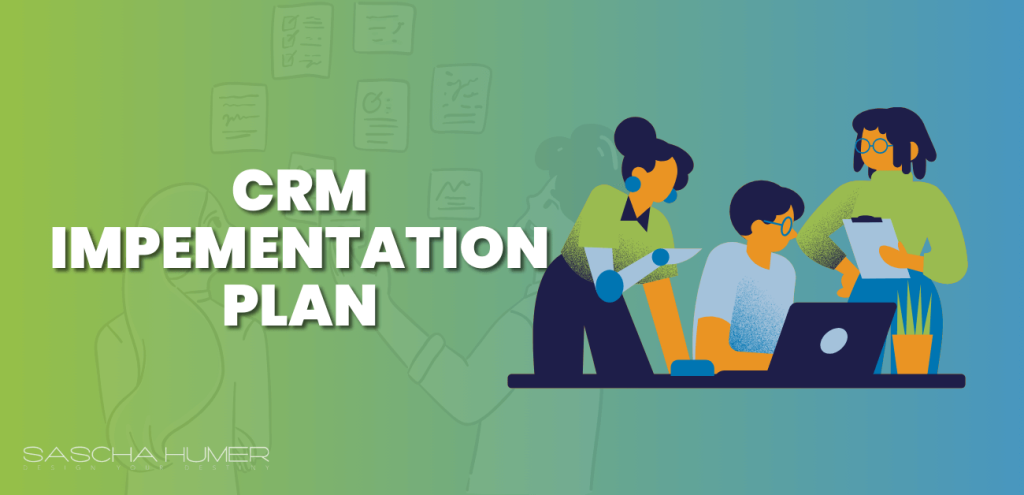
- Understanding Business Needs:
- Identifying specific needs that the CRM system needs to address.
- Aligning CRM capabilities with business goals and objectives (for example marketing and sales and or customer journey).
- Selecting the Right CRM Platform:
- Assessing different CRM systems to find the one that best fits our requirements.
- Checking for customization options, integration capabilities, and user-friendliness.
- Data Migration:
- Planning for a smooth transfer of existing customer data into the new CRM.
- Ensuring data integrity and accuracy during the migration process.
- User Training:
- Preparing comprehensive training programs to equip the team with the necessary skills to use the CRM effectively.
- Creating a culture of continuous learning and adaptation to new CRM features and updates.
- Continuous Evaluation:
- Regularly monitoring the system’s performance and making necessary adjustments.
- Collecting user feedback for system improvement and enhancement.
This plan aims to ensure a successful CRM implementation and maximize our return on investment.
Recap on CRM Best Practices
We’ve covered a lot of ground in this discussion, and it’s been enlightening to delve into the many facets of CRM best practices. I’ve gained a deeper understanding of how strategic use of CRM Analytics can significantly improve a business’s efficiency and customer relations.
Being proactive about learning and mastering the tool, customizing it to suit specific needs, and integrating it smoothly with other systems are crucial steps. It’s also clear that setting data standards and leveraging automation can streamline operations and provide valuable insights.
I now appreciate the importance of training and educating CRM users, as well as the need for continuous monitoring and optimization. Selecting the appropriate CRM, setting clear goals, creating a sound implementation plan, and maintaining data integrity are all part of the process that can’t be overlooked.
Most importantly, I’ve seen how a well-implemented CRM can transform a business, providing invaluable customer insights, boosting productivity, and enhancing customer journey.
As we wrap up this enriching discussion, I’m more equipped to navigate the complexities of CRM implementation and to optimize its use for business growth.
Conclusion
So, as we chart our course through 2023, remember, your CRM is more than a tool, it’s your guide, your navigator through the complex landscape of customer relationships.
Keep your data clean, your systems integrated, your staff trained, and your goals clear.
Implement thoughtfully, and remember, your CRM is a living, breathing part of your business. Nurture it, and it’ll steer you towards success.
Here’s to maximising your CRM’s potential – your journey to greatness starts now.


